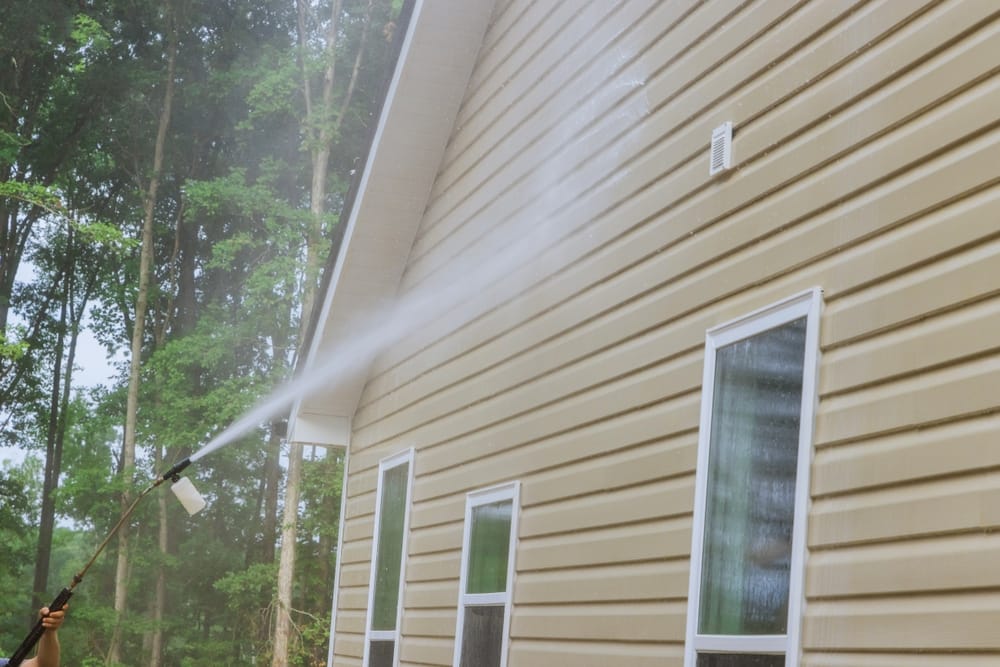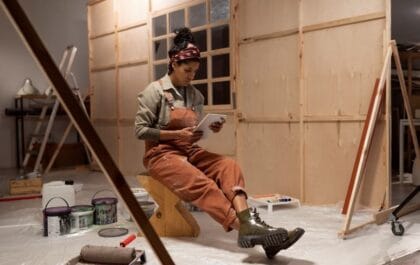Over time, humans have evolved from living in simple shelters like caves and huts to more complex homes. Today, homeowners have many options for protecting and improving the look of their homes, including different types of siding. There are various siding materials available, each with its own advantages and unique characteristics. Choosing the right type of siding depends on personal preferences, style, and the specific needs of your home. Get more info about excelsidingtampa.com
Stucco and Synthetic Stucco
Stucco is one of the oldest forms of siding, made from a mixture of cement, sand, water, and lime. Real stucco is durable and resistant to rot, and insect damage. When you knock on the stucco, it will feel solid.
Wood Siding
Wood siding is easy to recognize, especially when it’s stained, as the natural grain, knots, and imperfections of the wood are visible. This type of siding comes in different styles, such as lap siding, shingles, and vertical panels like board and batten. Cedar, redwood, and pine are common types of wood used in siding.
Synthetic Wood Siding
Synthetic wood, also known as masonite or hardboard, became popular in the 1980s and 1990s as a budget-friendly alternative to traditional wood siding. It’s made from wood fibres and resins and can come in various styles. Synthetic wood siding can be prone to water damage if not maintained.
Asbestos Siding
Asbestos siding, which gained popularity in the 1920s, is a fireproof material made by mixing asbestos fibres with cement. Although it’s durable and resistant to rot and insects, asbestos has been linked to serious health risks if the fibres are inhaled. Asbestos siding usually comes in 12”x24” panels and can have a smooth or wood-like texture.
Aluminium Siding
Aluminium siding is easy to spot as it resembles vinyl but is made of metal. Its popularity grew because it is both affordable and durable. Aluminium can be dented more easily than other materials but offers good protection for the home.
Vinyl Siding
Vinyl siding is one of the most popular choices for homeowners today due to its low cost and ease of installation. It feels like plastic and is dyed throughout, meaning it doesn’t need painting. Vinyl siding can be installed over existing siding, but matching colour and style can be tricky if you ever need to replace a panel. Some vinyl siding also comes with insulation for better energy efficiency.
Fiber-Cement Siding
Fibre-cement siding is a durable option made from a mix of cement, sand, and cellulose fibres. It’s resistant to fire, rot, and insects. This material can be painted or stained, and it comes in various styles to suit different home designs. Though more expensive than vinyl, fibre-cement siding is a great long-term investment for its strength and versatility.
In conclusion, understanding the different types of siding can help you make the best choice for your home, balancing protection, durability, and appearance.



